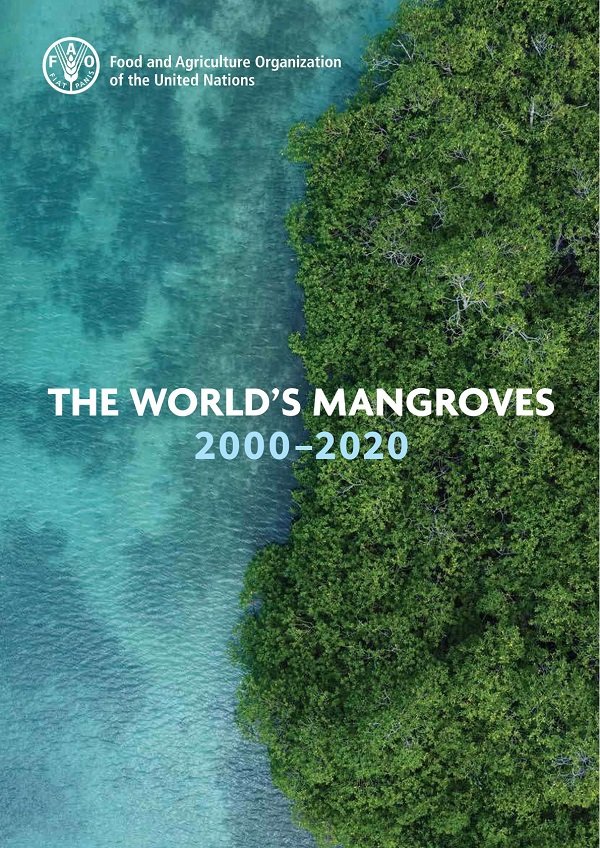- Share this article
- Subscribe to our newsletter
The world’s mangroves 2000–2020
In the study reported here, the UN Food and Agriculture Organization (FAO) developed and validated an easy, repeatable methodology that integrates remote sensing with the expertise of local interpreters. An FAO team and 48 interpreters from 26 countries successfully collected data on mangrove area in 2020, change in mangrove area between 2000 and 2020, and the drivers of change over the two decades.
Involvement of local experts
This is the first global study of mangrove area to provide information on land use rather than land cover, which was only possible because of the involvement of local experts. The sampling-based methodology developed and validated in this study offers opportunities for intensification at the national and subnational levels to assess changes and trends in mangroves with sufficient resolution to enable informed strategic planning for mangrove management and restoration.
FAO is exploring the possibility of integrating the methodology with existing national forest inventories in several countries, which would also support national and international reporting on mangroves.
Implications for future work
The findings of this study have important implications for future work in conserving, restoring and sustainably managing mangroves, including the following:
1. In Southeast Asia, the subregion with the largest extent of mangroves world-wide, efforts to address land-use drivers of mangrove loss should continue, directing agricultural development to avoid deforesting remaining mangrove forests.
2. In Western and Central Africa, where a high rate of mangrove loss persisted over the two measurement periods, conversion to aquaculture and other forms of agriculture needs to be addressed by promoting sustainable use and livelihood support.
3. Mangrove restoration should be given priority in global, regional and national restoration initiatives in view of its crucial benefits for livelihoods, coastal resilience and biodiversity conservation.
4. Mangrove restoration, sustainable use and conservation should be further emphasised in nationally determined contributions and in climate-change mitigation strategies in general, considering the importance of mangroves as carbon sinks and the co-benefits of adaptation and disaster risk reduction.
5. Given the ability of mangroves to naturally colonise suitable habitats and the high rate of failure of mangrove restoration efforts that have relied largely on replanting, mangrove restoration should focus on creating conducive biophysical and social conditions for the re-establishment and sustained growth of healthy mangrove forests.
6. The contributions of climate-change impacts to the retraction of mangroves should be monitored carefully because they further expose coastal communities to disasters.
(FAO/pas)
Download the report on the FAO website





Add a comment
Be the First to Comment